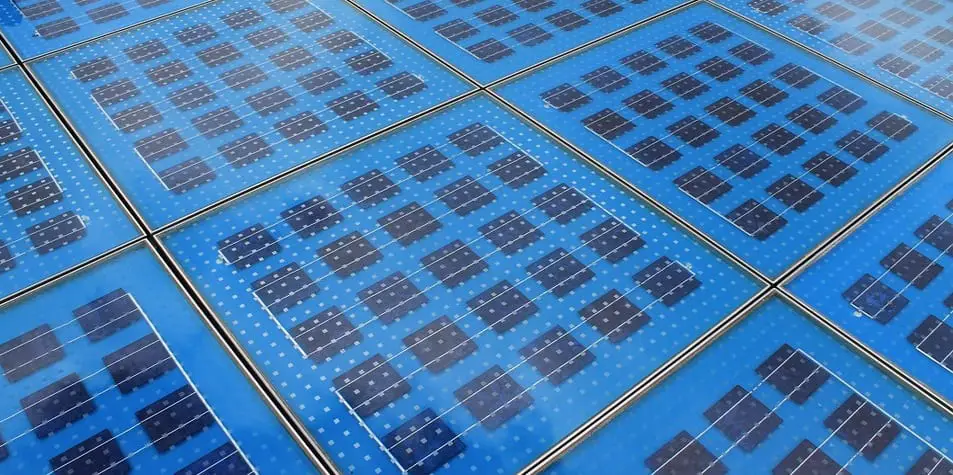
Viral solar roadway project road preliminary studies not yet as astounding as promised
October 1, 2018Solar panels built right into roads have had the chance to be tested in real life.
Four years ago, a solar roadway campaign went viral and it has since undergone preliminary study. The campaign promised that replacing road surfaces with solar panels would help the world to generate clean energy and combat climate change.
The Solar Freakin’ Roadways campaign video took off over social media.
The solar roadway project has been tested on real roads over the last while and the results weren’t quite as outstanding as expected. There are a number of challenges to having a solar panel installed into the surface of a road. The first and most obvious is that it is flat on the ground instead of being angled in the optimum way to capture the most sunlight. As this makes them prone to shading, the roads will automatically generate less power than would be possible for an optimally tilted panel.
Shading is a serious issue, as shade on only 5 percent of the panel’s surface could cut down the panel’s power generation by half. Moreover, roads are notorious for being covered by dirt and dust. The coverage from soiling would also significantly reduce potential power generation.
The construction of the solar roadway also comes with considerable challenges.
The glass to cover the solar panels on the roads needs to be significantly thicker than it is on conventional panels. The glass needs to be able to hold up to the weight of traffic. The thickness of the glass also reduces the light absorption by the solar panels.
As air circulation on a road is not as great as it is on rooftops, the panels also become much hotter on the road than they do on a rooftop. Heat is a problem in several ways, including power generation. For every 1 degree Celsius the panel rises over optimum temperature, there is an energy efficiency loss of 0.5 percent. Therefore, since solar roadways get hotter than rooftops, there is an additional loss in performance.
That said, the team behind the project was aware of those potential drawbacks. The real test came from the use of the roadway panels in real life. Among the first solar roadway projects, one was installed in Tourouvre-au-Perche, France. There, the panels covered 2,800 m² (about 9,190 square feet) with a maximum 420 kW power output. It came with a  cost of about €5 million ($5.87 million) to install. This means that per installed kW, there was a €11,905 ($13,977) price tag.
cost of about €5 million ($5.87 million) to install. This means that per installed kW, there was a €11,905 ($13,977) price tag.
Though the solar roadway was expected to generate 800 kilowatt hours per day (kWh/day), some of the data measured recently from the roads showed it has been closer to 409 kWh/day.



 With over 15 years of reporting hydrogen news, we are your premier source for the latest updates and insights in hydrogen and renewable energy.
With over 15 years of reporting hydrogen news, we are your premier source for the latest updates and insights in hydrogen and renewable energy.